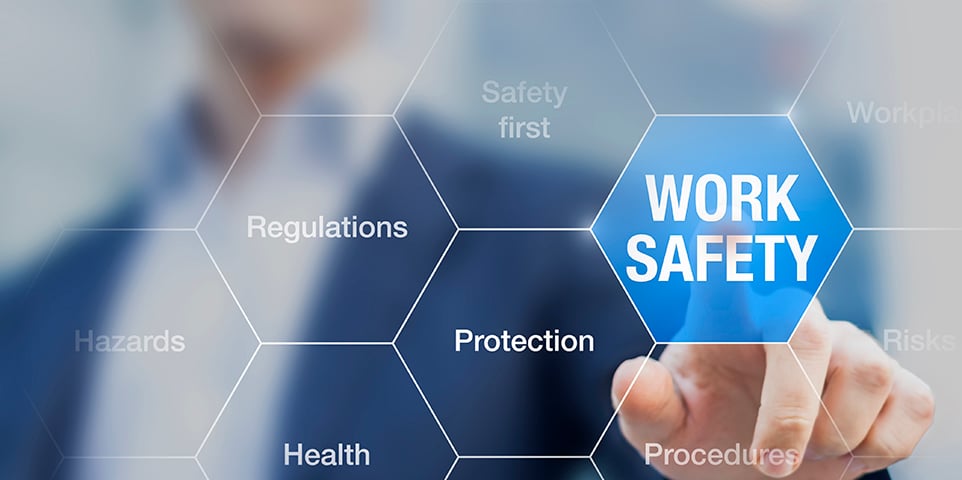
Workplace Safety And Employer Responsibility In Preventing Injuries
Thousands of people are affected yearly by the tragic consequences of workplace injuries. These accidents cause pain and trauma for the affected employees, cost their employers money, and disrupt company operations. Therefore, it is essential for everyone involved to act actively to prevent accidents and provide a safe place to work. If you are involved in your workplace, contact a Personal injury attorney in Atlanta.
Workplace safety and employer responsibility in preventing injuries
Slips, trips, falls, handling, lifting, or carrying objects, as well as being struck by a moving object, are among the most common kinds of workplace accidents that result in injuries, according to the Health and Safety Executive (HSE). Due to the inherent dangers associated with their operations, several industries, like construction, manufacturing, and shipping, tend to have a higher incidence of workplace injuries. Even outside of professions that have been viewed as “dangerous,” the workplace can bring several kinds of risks, including fires, workplace violence, and disputes that can result in mental health problems.
Employers’ responsibility in preventing accidents
Employers are responsible for their workers’ health and safety in every industry. While employers can assign other experts to carry out these duties, any accidents or health problems that employees have while on the job are ultimately the employer’s responsibility. Employers risk penalties, fines, and negative publicity if they fail to carry out their responsibilities to establish health and safety standards and keep workers safe.
Build a safe work environment.
Before any work begins, companies must comply with the HSE’s regulatory standards. To do this, any premises that the company plans on using must undergo an extensive risk evaluation by a qualified expert, and any hazards must be recognized and eliminated.
Provide the Essential Resources.
Employers should offer PPE, instructions, and clear symbols to protect employees’ safety. According to the 1992 Personal Protective Equipment at Work Regulations, “Every employer shall guarantee that appropriate personal protection gear is provided to [their] staff who may be subjected to a risk to their safety or health while at work, except in which and to the extent that such danger has been sufficiently managed through other means which are equally or more effective.”
Legal consequences and responsibilities
Both employees and employers are required by law to stick to safety and health standards. Failure to do so might lead to penalties, fines, workplace injury claims, and damage to reputation, all of which could have significant consequences for firms.







